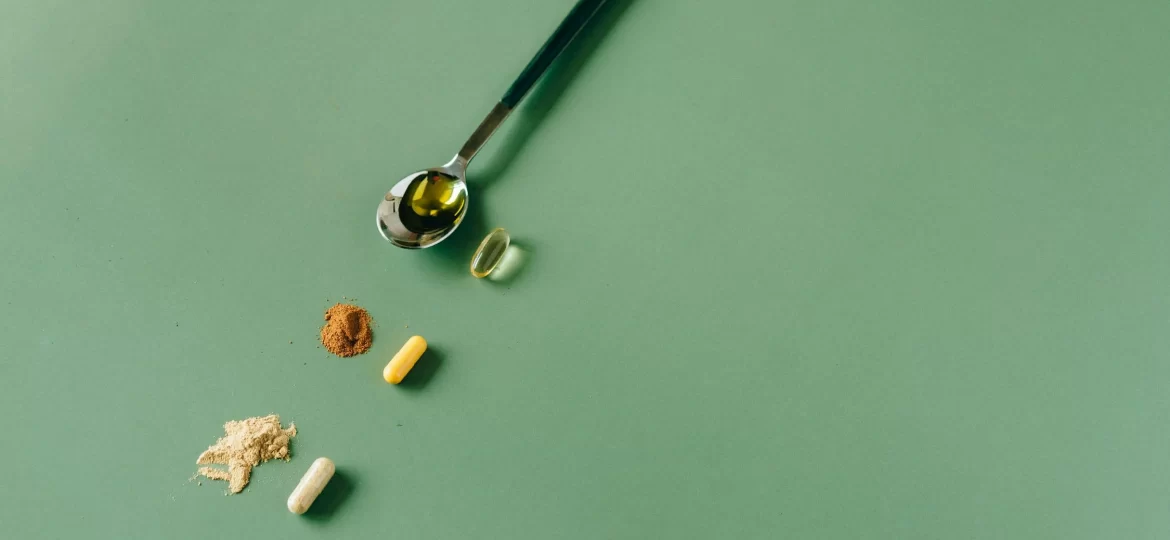
In a world where popping pills has become practically passé, the wellness industry has responded with therapies that would make our grandparents raise an eyebrow—or perhaps both. As we hear the first creaks in our knees, there’s a temptation to consider wilder treatments that might quickly put us back into full-throttled action. (Of course, you could just head for the hills and the bracing wind.)
The Big Chill: Cryotherapy’s Frosty Embrace
Imagine willingly subjecting yourself to temperatures that would make a polar bear think twice about venturing outdoors. This is cryotherapy—the practice of briefly exposing the body to sub-zero temperatures, typically between -110°C and -140°C, for two to three minutes. While the thought might send shivers down your spine, devotees swear by its ability to reduce inflammation, boost metabolism, and improve recovery after exercise.
London’s wellness scene has embraced this arctic adventure with open (albeit goosebumped) arms. LondonCryo offers whole-body cryotherapy in sleek, space-age chambers where clients stand while their bodies are enveloped in nitrogen vapour. It’s a two-and-a-half-minute experience that lasts long after the sudden chill.
The quick exposure triggers a surprisingly profound physiological response, activating natural recovery mechanisms that many enthusiasts find more efficient than traditional cold therapy methods.
Studies indicate cryotherapy can increase norepinephrine levels, potentially aiding in pain reduction and mood enhancement. For the uninitiated, that’s a hormone and neurotransmitter that plays a crucial role in the body’s fight-or-flight response. It impacts heart rate, blood pressure and overall alertness.
Under Pressure: The Squeeze of Pressotherapy
If being compressed into something resembling a human sausage appeals to you, pressotherapy might be your cup of tea. This treatment involves wearing inflatable boots or a full-body suit that rhythmically compresses and releases, ostensibly to improve lymphatic drainage and reduce water retention.
The experience is rather like being hugged by a giant blood pressure cuff—oddly comforting once you acclimatise. The Body Lab offers pressotherapy as part of their recovery protocol, with clients often combining it with cryotherapy for what some have termed the “freeze and squeeze” approach.
Many users report reduced swelling in their extremities after sessions, with some claiming notable improvements in ankle and leg appearance after just a few treatments.
The therapy, which originated in medical settings, has found its way into the wellness sphere, with advocates claiming benefits from cellulite reduction to improved circulation. While the science on cosmetic benefits remains somewhat nebulous, the lymphatic support is well documented—particularly for those with sedentary lifestyles or circulation challenges.
Seeing Red: The Promise of Red Light Therapy
If you’ve ever fantasised about basking in a particularly rosy sunset for health benefits, red light therapy might fulfil that curious desire. This treatment, also known as photobiomodulation or low-level laser therapy, involves exposure to red or near-infrared light wavelengths.
The theory goes that these specific wavelengths penetrate the skin to energise mitochondria—the power plants of our cells—potentially improving cellular function and reducing oxidative stress. Devotees report improvements in skin texture, reduced joint pain, and enhanced wound healing.
The process works somewhat like a cellular stimulant, with the specific wavelengths of light energising the mitochondria and potentially activating repair mechanisms within the cells. There is emerging evidence for red light’s benefits, particularly for skin health and inflammatory conditions.
At-home devices have proliferated, from handheld wands to full-body panels, though clinical settings offer more powerful equipment. Repose Space incorporates red light therapy into their wellness programmes, often paired with meditation for what they term a “cellular reset experience.”
The Ajna Light: Trippy Enlightenment or Legitimate Therapy?
Among the more exotic possibilities is the Ajna Light. It combines flickering LED lights with soothing music to induce a meditative state that proponents claim can access deep brainwave patterns typically achieved only by Buddhist monks.
The experience, offered at centres like Healing the Essence, involves lying with closed eyes beneath a light that pulsates at specific frequencies. These frequencies supposedly entrain the brain to shift from active beta waves to the more relaxed alpha, theta, and even delta states associated with deep meditation and sleep.
Many first-time users report being surprised by the depth of relaxation achieved during sessions, often describing states of consciousness similar to deep meditation—but without the years of practice typically required to reach such states.
Preliminary research on altering brainwaves suggests it can help with sleep quality, cognitive performance, and coping under pressure.
Flotation Therapy: The Modern Sensory Deprivation Experience
For those who find modern life overstimulating (and who doesn’t), flotation therapy offers a respite from the world. This practice involves floating in a tank of water highly saturated with Epsom salts, creating a buoyancy that allows the body to float effortlessly. The tanks are typically soundproof and lightproof, creating an environment of near-complete sensory deprivation.
The result is a curious state where, deprived of external sensory input, the mind often enters a deeply relaxed yet alert state. If you struggle to ever enter a meditative state, this might be the way to finally triumph. However, when I went there with my husband, he hated the experience. He felt trapped. Anyone with a tendency towards claustrophobia should cross it off their list.
By contrast, I loved it. For those accustomed to constant sensory input, the profound silence and sensory deprivation can be transformative. Regular users report enhanced problem-solving abilities and creative insights during sessions, suggesting the experience may access neural pathways differently than our typical thought processes.
Research suggests potential benefits for stress reduction, pain management, and even conditions like fibromyalgia. Centres like Floatworks in London offer sleek, contemporary tanks—a far cry from the claustrophobic chambers of early sensory deprivation research.
PEMF Therapy: Electromagnetic Fields for Healing
Pulsed Electromagnetic Field (PEMF) therapy sounds rather like something from a science fiction novel, yet it has surprising medical credibility. This therapy uses electromagnetic fields to stimulate cellular repair, with FDA approval for certain applications like bone healing and pain management.
The treatment involves lying on a mat or using localised applicators that generate pulsed electromagnetic fields, which purportedly enhance cellular function and accelerate healing processes. Athletes have embraced the technology for recovery, while others seek it for chronic pain or sleep improvement.
Unlike more dramatic therapies, there’s typically no sensation during PEMF treatments—no freezing, squeezing, or floating. The effects happen at a cellular level, invisible to our senses yet potentially significant for tissue repair and recovery.
The Body Lab incorporates PEMF therapy into their recovery protocols, often combined with other modalities for what they describe as “comprehensive cellular support.” The therapy has particular appeal for those seeking non-invasive pain management options or enhanced recovery from injuries.
Embracing the Experimental
Perhaps the greatest benefit of these alternative approaches is their tendency to engage us more actively in our health maintenance. Unlike passively swallowing a pill, these therapies require our participation, our time, and our attention—creating a ritual of self-care that may itself contribute to wellbeing.
In the meantime, if you find yourself standing nearly naked in a nitrogen-filled chamber wondering how exactly you reached this point in life, take comfort in knowing you’re part of a long tradition of human experimentation in the pursuit of wellbeing. From ancient mineral baths to Victorian electrical therapies, we have always been willing to try the unusual in service of health. The modern incarnations are simply our generation’s contribution to this time-honoured tradition.

